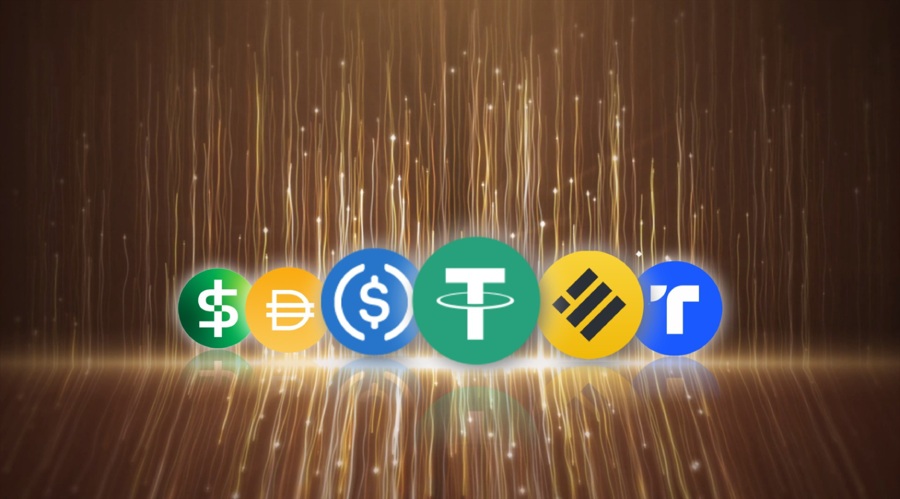Google Embeds Stablecoin Payments into AI Apps in Coinbase Partnership

Google is bringing digital money into artificial intelligence. The company unveiled a protocol that allows AI applications to send and receive payments, including stablecoins pegged to traditional currencies.
The move comes in partnership with Coinbase, the Ethereum Foundation, and more than 60 other firms spanning finance and technology.
From Conversation to Transaction
The initiative reportedly builds on Google’s earlier Agent2Agent protocol, which standardized communication between AI applications. Named Agent Payments Protocol (AP2), the new framework extends this model to financial transactions.
Additionally, it introduces rails for both crypto and traditional payment methods, including credit cards, bank transfers, and stablecoins.
Discover how neo-banks become wealthtech in London at the fmls25
“AP2 is an open, shared protocol that provides a common language for secure, compliant transactions between agents and merchants, helping to prevent a fragmented ecosystem,” the company announced today (Tuesday). “It also supports different payment types – from credit and debit cards to stablecoins and real-time bank transfers.”
Coinbase has worked closely with Google on the effort, drawing on its own development of AI-integrated payments. Other collaborators include Salesforce, American Express, and Etsy, underscoring the aim to make the system interoperable across industries.
AI agents are increasingly capable of acting without direct human input. This creates new risks for payments , which traditionally assume a human is present to authorize each step. AP2 seeks to resolve questions of authorization, authenticity, and accountability in agent-led transactions.
Keep reading: PrimeXM Promotes Christina Barbash to Chief Commercial Officer
The protocol provides a shared foundation for merchants, users, and institutions, aiming to reduce fragmentation while ensuring compliance and security. Google said the system supports multiple payment methods to give participants flexibility and scalability.
Riding the Stablecoin Wave
The timing coincides with rapid growth in stablecoin adoption. According to DefiLlama, circulation has reached $289 billion, up from $205 billion at the start of the year. The rise has drawn investor interest, with USDC issuer Circle’s IPO earlier this year described as a sign of strong market appetite.
By embedding stablecoins into its AI ecosystem, Google aims to align with a wider trend in digital finance. The company’s announcement signals a potential shift in how automated systems could handle transactions, from routine shopping to more complex tasks like mortgages.
Google is bringing digital money into artificial intelligence. The company unveiled a protocol that allows AI applications to send and receive payments, including stablecoins pegged to traditional currencies.
The move comes in partnership with Coinbase, the Ethereum Foundation, and more than 60 other firms spanning finance and technology.
From Conversation to Transaction
The initiative reportedly builds on Google’s earlier Agent2Agent protocol, which standardized communication between AI applications. Named Agent Payments Protocol (AP2), the new framework extends this model to financial transactions.
Additionally, it introduces rails for both crypto and traditional payment methods, including credit cards, bank transfers, and stablecoins.
Discover how neo-banks become wealthtech in London at the fmls25
“AP2 is an open, shared protocol that provides a common language for secure, compliant transactions between agents and merchants, helping to prevent a fragmented ecosystem,” the company announced today (Tuesday). “It also supports different payment types – from credit and debit cards to stablecoins and real-time bank transfers.”
Coinbase has worked closely with Google on the effort, drawing on its own development of AI-integrated payments. Other collaborators include Salesforce, American Express, and Etsy, underscoring the aim to make the system interoperable across industries.
AI agents are increasingly capable of acting without direct human input. This creates new risks for payments , which traditionally assume a human is present to authorize each step. AP2 seeks to resolve questions of authorization, authenticity, and accountability in agent-led transactions.
Keep reading: PrimeXM Promotes Christina Barbash to Chief Commercial Officer
The protocol provides a shared foundation for merchants, users, and institutions, aiming to reduce fragmentation while ensuring compliance and security. Google said the system supports multiple payment methods to give participants flexibility and scalability.
Riding the Stablecoin Wave
The timing coincides with rapid growth in stablecoin adoption. According to DefiLlama, circulation has reached $289 billion, up from $205 billion at the start of the year. The rise has drawn investor interest, with USDC issuer Circle’s IPO earlier this year described as a sign of strong market appetite.
By embedding stablecoins into its AI ecosystem, Google aims to align with a wider trend in digital finance. The company’s announcement signals a potential shift in how automated systems could handle transactions, from routine shopping to more complex tasks like mortgages.




